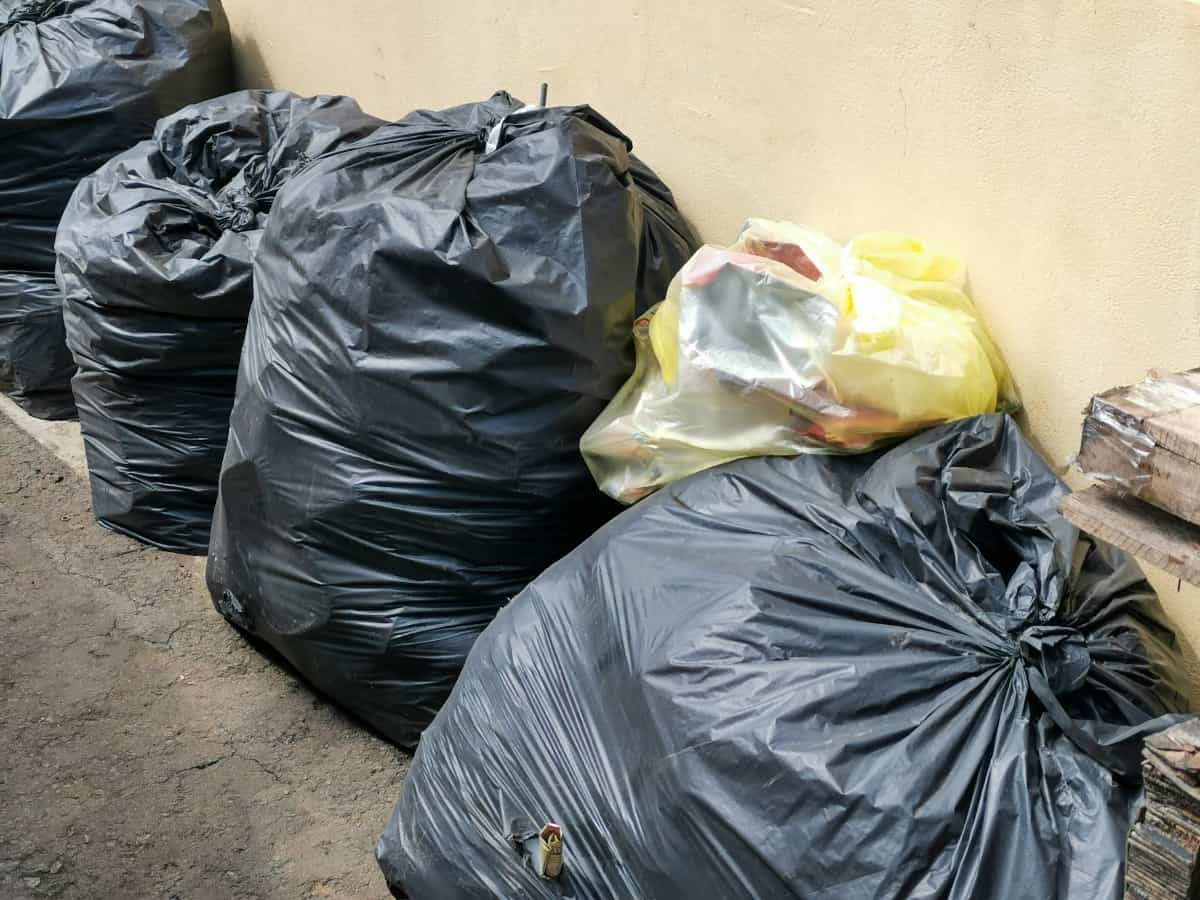In a world increasingly cognizant of the importance of environmental responsibility, starting a litter removal business is a wise entrepreneurial move. This business contributes to the betterment of the environment. Considering the rising demand for cleanliness in residential areas, commercial spaces, public places, and construction sites, it can be a lucrative venture.

However, like any other business, starting a litter removal business requires strategic planning, an understanding of the industry, and meticulous execution of your plans. Here we learn a step-by-step guide to start a litter removal business and offer guidance on everything from acquiring essential tools to scaling your business.
Litter Removal Business
Essential Tools and Equipment for a Litter Removal Startup
The first step in starting a litter removal business involves acquiring the necessary tools and equipment. Most of your startup budget should be allocated to purchasing high-quality, durable tools to ensure effective litter removal. Essential equipment includes litter pickers, gloves, brooms, dustpans, garbage bags, and waste bins. Safety gear such as safety glasses, vests, and boots are critical to protect your staff from hazards.
You might need more advanced equipment like trash compactors, waste disposal trucks, and recycling bins for more extensive cleanup operations. It’s also worthwhile investing in software or mobile apps for waste management to facilitate tasks such as waste tracking, route optimization, and client management. While these investments may seem substantial, they are fundamental to the success and efficiency of your business operations.
Effective Marketing Strategies for a Litter Removal Business
A comprehensive marketing strategy is vital to get the word out about your litter removal services. Identify your target customers, whether homeowners, businesses, schools, or municipalities, and develop marketing materials that appeal to these groups. Utilize both online and offline marketing methods. For online marketing, optimize your website for SEO, engage in social media advertising, and consider pay-per-click advertising.
Offline marketing can involve direct mail campaigns, flyers, brochures, or even partnerships with local businesses. Implementing promotional discounts or providing referral rewards can be a successful strategy for enticing prospective clientele. Remember that customer testimonials and case studies are powerful tools for building credibility.
Choosing the Right Pricing Model for Your Litter Removal Services
Determining the right pricing model for your services can be tricky, as it needs to cover your costs while remaining competitive in the market. Generally, litter removal businesses charge based on the amount of waste to be collected, the frequency of collection, and the location. However, other factors like waste type and special handling requirements may also affect your pricing.
In case you missed it: Village Small-Scale Business Ideas in India

In order to establish your pricing structure, it is advisable to conduct a comprehensive evaluation of the prevailing rates offered by competitors within your locality. Additionally, consider your operational expenses and gain insight into the perceived value your clientele attaches to your services. Whether you choose a flat fee, hourly rate, or per-visit rate, ensure that your pricing is transparent and fair.
Legal Requirements and Permits for a Litter Removal Startup
Before you begin operations, ensure you have all the legal requirements and permits. Firstly, register your business with the appropriate government agency, get an employer identification number (EIN) from the IRS if you’re in the US, and acquire any necessary state or local licenses.
Since waste disposal is regulated, you may need specific permits to collect, transport, and dispose of waste. Check with your local government and environmental agencies to understand the requirements in your area. Additionally, ensure you have appropriate business insurance to protect against liability and workers’ compensation issues.
Finding Clients and Building Partnerships in the Litter Removal Industry
Establishing a robust clientele is imperative for the expansion of your enterprise. Extending your services to nearby educational institutions, corporate entities, governmental bodies, and even construction firms is advisable to entice prospective clients. Additionally, actively participate in networking events and trade shows to foster connections with potential clients and industry collaborators.
Building partnerships with companies not offering litter removal services can be beneficial. For example, a landscaping company may need a reliable partner to handle litter cleanup, providing you with a consistent work stream. Additionally, consider building relationships with local recycling centers or waste disposal facilities. They may offer you discounted rates for regular business or even refer clients to you.
Managing and Organizing Your Litter Removal Operations
Effective management and organization are key to running a successful litter removal business. Implementing a waste management software or mobile app can help streamline your operations by facilitating waste tracking, route planning, and client management. Regularly inspect your equipment to ensure it’s in good working condition and promptly replace worn-out tools.
Also, develop standard operating procedures (SOPs) for waste collection, sorting, and disposal, and ensure all staff adhere to these procedures. As your company expands, there may arise a requirement to employ an operations manager who can supervise the daily functioning of the business, guaranteeing efficient and timely completion of all tasks.
Training and Hiring Reliable Staff for a Litter Removal Business
When recruiting, seek diligent and dependable individuals who understand the significance of your services. During onboarding, ensure thorough instruction on standard operating procedures (SOPs), equipment usage, and safety protocols. Educating your staff about the different types of waste and how they should be handled and disposed of is also important. Regular training sessions can be useful to keep your staff updated on new techniques, tools, and safety measures in the industry. Additionally, competitive wages, benefits, and growth opportunities can help attract and retain quality staff.
Scaling and Expanding Your Litter Removal Venture
To effectively expand your litter removal business, it is advisable to adopt a methodical and gradual approach. Prioritize establishing a strong presence in your local market before gradually venturing into adjacent areas. As your business progresses, it may become necessary to acquire supplementary equipment and increase your workforce.
In case you missed it: How to Start a Cleaning Service in India: A Best Small Business Idea With Low-budget

It is crucial to exercise prudent financial management to facilitate this growth and explore the possibility of securing external funding if needed. Diversifying your services can also aid in expansion. For example, you could venture into related services such as recycling, composting, or hazardous waste removal. Furthermore, building strong relationships with your clients and maintaining high service quality will enhance your reputation and promote organic growth through referrals.
Conclusion
Starting and scaling a litter removal business involves more than just picking up trash. It requires careful planning, smart investments, effective marketing, sound operational management, and a dedicated team.
- Handicraft Making at Home: A Small Profitable Business Idea
- Pet-Tech Startups: Innovations for Animal Lovers
- Tech Repair Services: Meeting the Demand for Gadget Maintenance
- Maximizing Rewards: Smart Credit Card Habits for Cashback and Points
- Ultimate Guide to Making Money from Goat Milk Business
- How to Start an Agricultural Value Added Product Business
- Value-Added Business Ideas for Greenhouse: The Best Ways to Make Profits with Greenhouse Farming
- How to Make Profits with Organic Country Chicken: Best Strategies for Beginners
- 10 Value-added Business Ideas for Millets: Low-investment and Highly Profitable